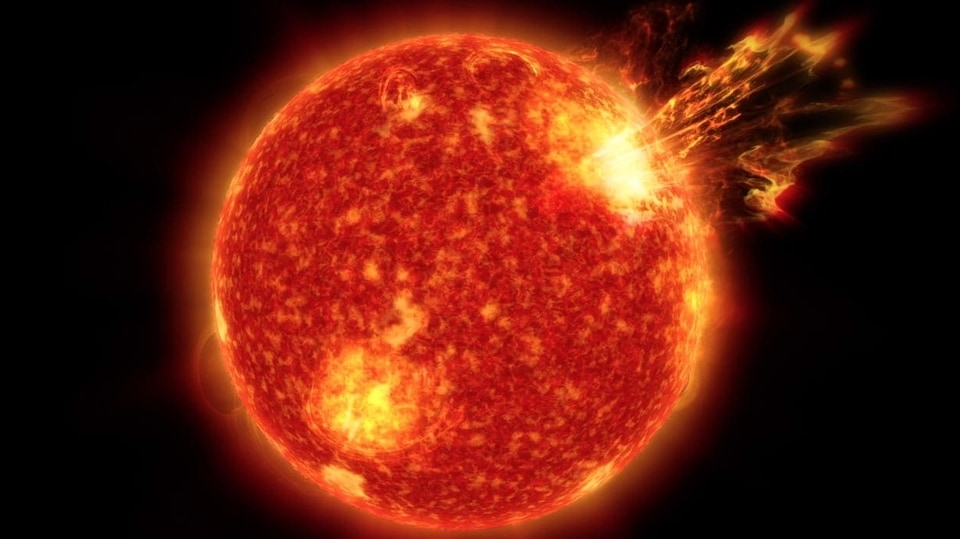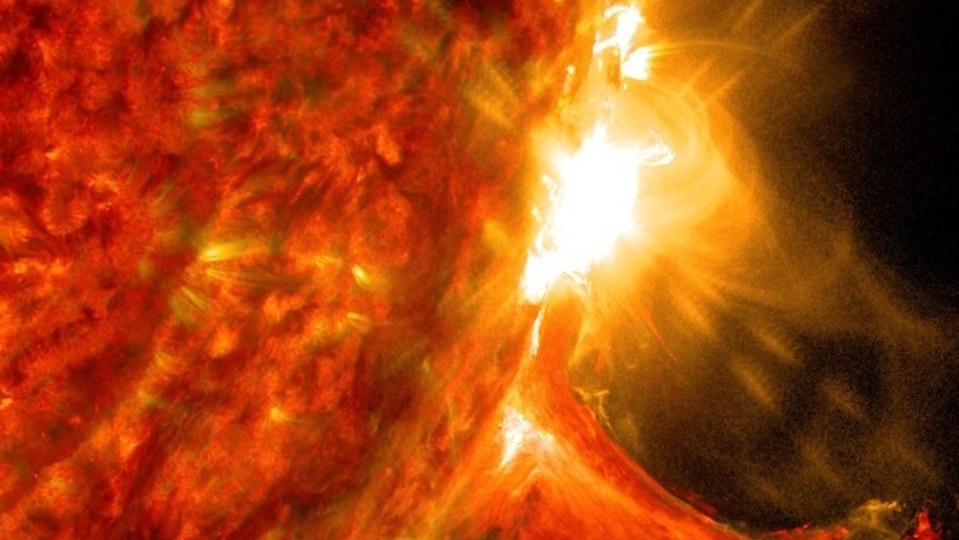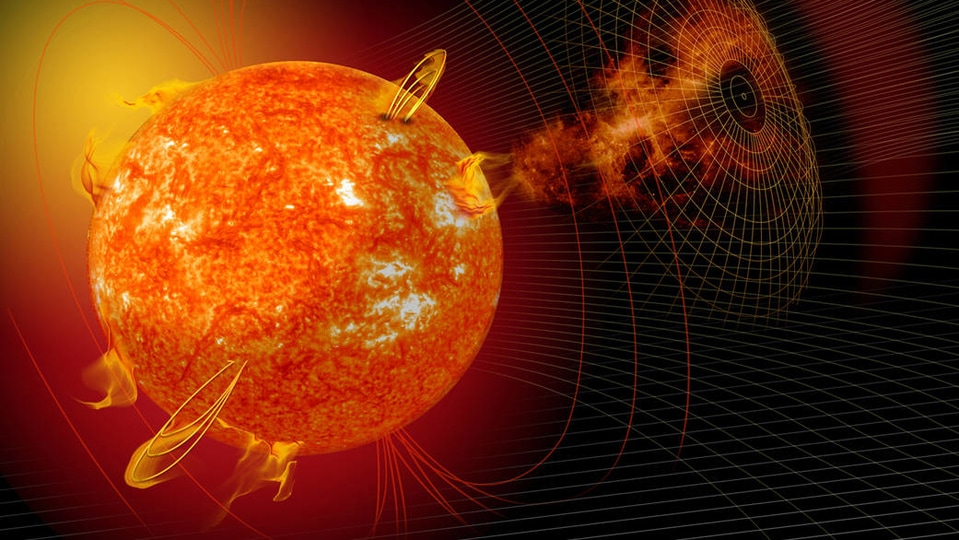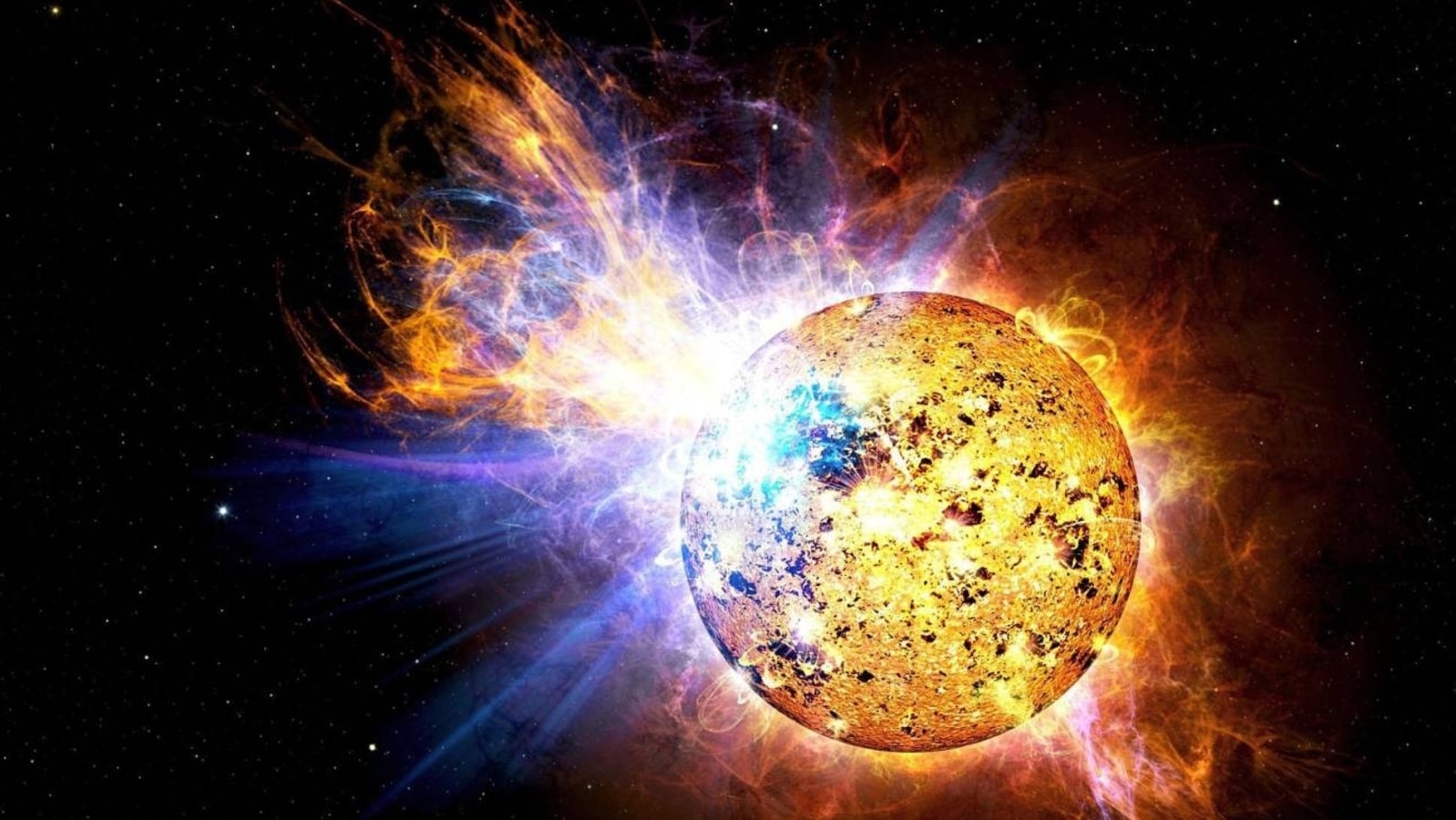Violent Sunspot explosion sends powerful solar flares to Earth, sparks blackouts; More expected today
Sunspot AR3165 has been exploding incessantly since the last two days. Multiple M-class solar flares directed at the Earth have caused frequent shortwave radio blackouts.




_1639373804152_1639373815879.jpg)

 View all Images
View all ImagesTwo days ago, it was reported that a particularly unstable sunspot, AR3165 has been causing worries for the astronomers and it appears that the worries have come true. Since late night on December 15, this particular sunspot has witnessed multiple explosions that sparked more than 18 M-class solar flares. The magnetic filaments that carry an extremely high proportion of ultraviolet radiation and magnetic fields have been bombarding the Earth. As a result, there have been frequent shortwave radio blackouts on Earth causing trouble for radio operators, airlines and ships, which require GPS to operate. But it seems the worst is yet to come. Read on.
The report came from SpaceWeather.com which noted on its website, “Sunspot AR3165 is crackling with M-class solar flares, more than 18 in the last two days. Pulses of extreme ultraviolet radiation are ionizing the top of Earth's atmosphere, causing frequent shortwave radio blackouts. The blackout events are regional, like this one, but they are rolling around the globe as Earth turns beneath the flaring sun.
More solar flares could be aiming for the Earth
So far, the majority of the radiation has affected ocean regions and some parts of Australia and New Zealand, but the risk of shortwave radio blackouts reaching the continental areas is very high as the Earth turns and the solar flares do not seem to stop. A badly-timed solar flare eruption can easily cause big problems for people in the USA, Europe and even India as these solar flares will directly impact ham radio operators which are used for many communication channels as well as contacting ships in the ocean. Further, temporary disruptions in GPS usage can also cause a plethora of problems for people.
So far, the most intense solar flare observed in the last 48 hours were two M6-class solar flares, one on December 15 and another on December 16. However, there is still a possibility of a powerful X-class solar flare striking the Earth today. An intense solar flare like that can have hellish consequences ranging from damaging satellites, disrupting GPS and wireless communications signals to destruction of the internet and power grids. Right now, it is not possible to assess exactly when this sunspot may actually explode and how intense the resultant solar flare can be but the National Oceanic and Atmospheric Administration (NOAA) is keeping a close eye for any new developments.
How NOAA keeps an eye on the Sun
NOAA monitors the solar storms and Sun's behavior using its DSCOVR satellite which became operational in 2016. The recovered data is then run through the Space Weather Prediction Center and the final analysis is prepared. The different measurements are done on temperature, speed, density, degree of orientation and frequency of the solar particles.
Catch all the Latest Tech News, Mobile News, Laptop News, Gaming news, Wearables News , How To News, also keep up with us on Whatsapp channel,Twitter, Facebook, Google News, and Instagram. For our latest videos, subscribe to our YouTube channel.





























